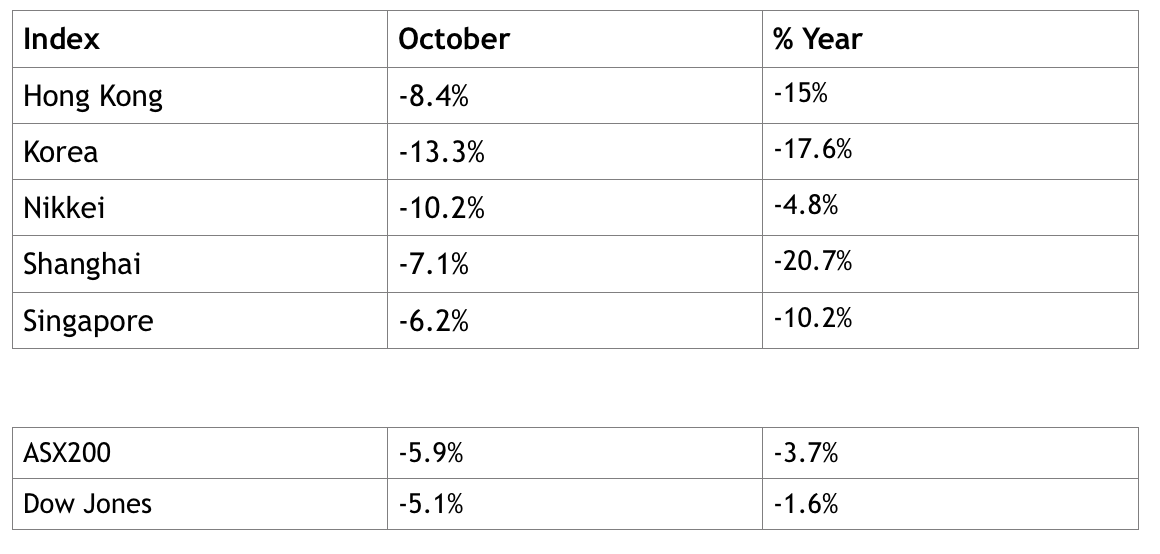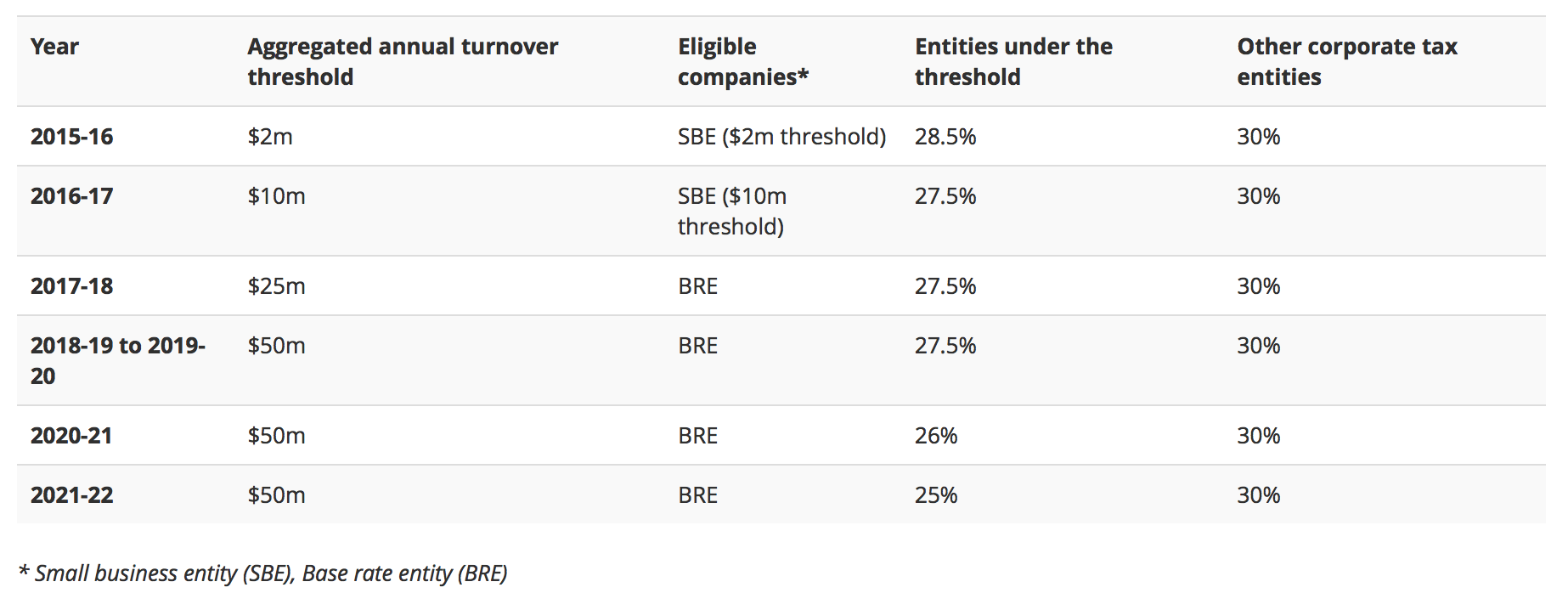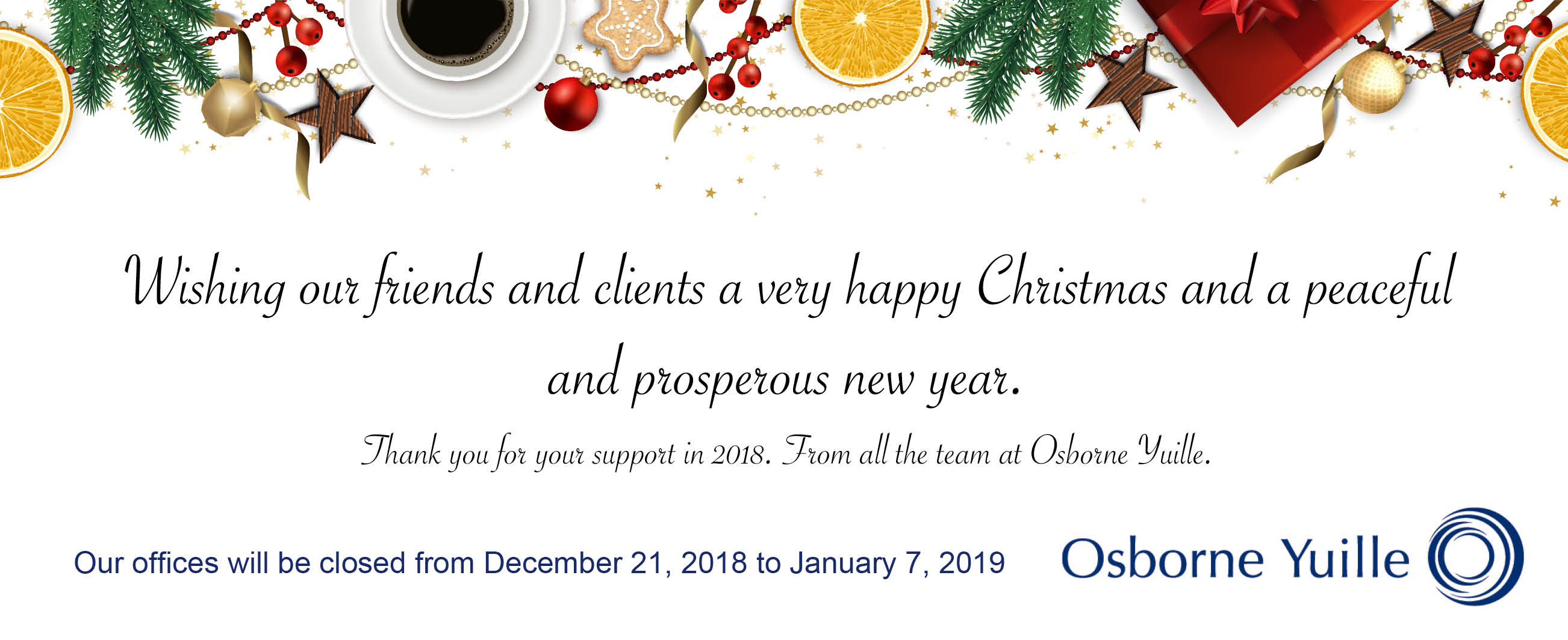Connect Summer- 2018
Financial news for tomorrow’s lifestyle
SUCCESSFUL BUSINESS EXIT STRATEGIES
It is essential to organize your succession plan and exit strategy well before the time, preferably years before. Too many business owners work in the business, so the business is totally reliant on them instead of on the business. This is a big risk and Keyman risk, which immediately reduces the value of your business and makes it less appealing.
Take time with your partner to PLAN
- What do you hope to achieve in the sale of your business, for yourself and family?
- Prepare your business strategy to optomise the sale.
- Use a qualified business adviser, broker and accountant who understands your business and industry and what you are trying to achieve.
- Use a Business Coach in those last months or years prior to your exit strategy to maximise and prepare your business for sale
- Set your target date for the sale and get support of qualified advisers to assist you with the sale.
- Develop your business and service offering into a niche business, differentiating yourself from your opposition in the market place.
- Give yourself time to prepare the sale, to avoid being in a position where you accept any deal, just to make a sale, or being forced to sell.
- Allowing plenty of time before going to market with your business, will allow you to sell in a favourable time and ideal market conditions.
- Prepare a business plan or have a qualified adviser prepare one for you. The business plan will show a history of the business, where you came from and where you are now and where you see the business in five and ten years’ time. It will show your mission and vision statements for the business and a full SWOT analysis. Outline of the purpose of your business and details of your staff. Finally, your financials, showing this year’s budget and five-year forecasts along with your profit and loss and balance sheet reports.
If all this seems overwhelming, seek out some qualified advisers to help you prepare your business for sale.

By John Osborne, Chairman.

MARKET INSIGHT
As you may be aware, October was a difficult month for the markets. The ASX200 was down 5.9% and the Dow Jones down 5.1% for the month.

There are three reasons for the Global market “correction”.
1.Higher US interest rates
2.Higher US Dollar
3.US/China trade war
Higher interest rates in the US are a result of the Federal Reserve believing the economy is approaching capacity. It has also allowed the Federal reserve to build in an “insurance” policy should the economy start to falter.
The Higher US$ is again a reflection of the economy and its performance relative to other countries. A free market variably, largely related to interest rate differentials.
The Trade War is the only real concern moving forward. If it does turn from a skirmish to a war, then there is no question it will be negative for financial markets. Neither party want a trade war, and as it can be seen from the market indexes China has a lot to lose.
While it has been difficult, and it hasn’t been an ideal start to November, we do see the move as cyclical rather than systemic. There is no need for panic and indeed there may be good buying opportunities at lower levels.
If you would like to discuss your portfolio and/current market conditions, please feel free to contact your adviser.

Cameron Stuart
CEO
INTRODUCING OUR GENERAL MANAGER ACCOUNTING & TAXATION
Krishna Bhatt is commercially focused and strategically inclined Chartered Accountant with over twenty years’ experience in senior finance, commercial and SME consulting roles. He has completed his Chartered Accountancy from Australia and India and holds a Bachelor of Commerce degree with major in Economics and Accounting.
Krish has extensive operational experience within various industries including private equity and business services and is adept at improving bottom line results through process improvements and identifying efficiencies. He is highly result oriented with extensive team management skills.

His key focus area is working alongside clients to complement and leverage existing management capabilities, assisting their businesses by providing skilled and experienced support to drive strategic transactions to increase effectiveness, efficiency and profitability, as an outsourced CFO. He has previously headed the finance and operations at TNS Distribution and has held senior finance roles with Pentair, Weir Minerals and CSL Australia.
Kish, is an avid reader, passionate about cricket and keenly practices meditation. He loves spending time with friends and family and involves himself in various charitable and community projects.

ACCELERATED TAX REDUCTION FOR SMALL BUSINESS
Small business is still a vote winner with the Government and Opposition teaming up to accelerate tax cuts for the sector by 5 years impacting on an estimated 3.3 million businesses.
Parliament recently passed legislation to accelerate the corporate tax rate reduction for corporate tax entities that are base rate entities (BREs). Under the new rules:
A 26% rate will apply to BREs for the year ending 30 June 2021, and A 25% rate will apply to BREs from 1 July 2021
The amending legislation also increased the small business income tax offset rate to 13% of an eligible individual’s basic income tax liability that relates to their total net small business income for the 2020-21 income year and 16% for the 2021-22 income year onwards.
The small business income tax offset continues to be capped at $1,000 per individual per year. This means that if your business operates as a sole trader for example, the amount of tax you are likely to pay will be reduced from 2020-21 but only up to the $1,000 cap.

What is a base rate entity?
Between 1 July 2015 and 30 June 2017, we used the concept of a small business entity (SBE) to work out what tax rate applied to a company. The concept of an SBE has now been replaced with a base rate entity (BRE) for company tax rate purposes. However, the concept of what a BRE actually is has changed over time to extend the lower tax rate to more companies and to restrict what entities can access the lower tax rate.
For the 2017-18 income year, a BRE was a company that had an aggregated turnover at the end of the income year of less than $25 million and no more than 80% of its income was passive in nature. Passive income includes some dividends, franking credits, non-share dividends, interest income (there are some exclusions), royalties, rent, net capital gains and gains on securities, and some trust and partnership distributions. If the company receiving the dividend holds a voting interest of at least 10% in the company paying the dividend then the dividend is not treated as passive income for the purpose of these rules.
For 2018-19, the threshold to be a BRE increased to companies with an aggregated turnover up to $50 million.
Where income is derived through a chain of trusts or partnerships, things get slightly more complicated as the law requires the tests to be applied at each level of the chain. Special rules also exist to prevent partnerships and trusts from reducing their net income by increasing expenses. Indirect expenses such as overheads are excluded from the calculation of net income.
The problem for franking credits
The company tax rate changes have also impacted on the maximum franking credit rules.
In 2015-16, the first year small business entities could access a reduced company tax rate of 28.5%, the maximum franking credit rate for franked dividends remained at 30%. However, from the 2016-17 income year onwards the maximum franking credit rate needs to be determined on a year-by-year basis. In many cases this means that if the company’s tax rate is 27.5% then the maximum franking rate will also be 27.5%. However, this will not always be the case and you can have situations where the corporate tax rate and maximum franking rate are different in a particular year.
In some instances, a company will pay tax at 30% but when it pays out the profits as a franked dividend, the maximum franking rate will be 27.5%. The company may end up with surplus franking credits trapped in its franking account. This can lead to double taxation as shareholders won’t necessarily receive full credit for the tax already paid on those profits by the company.
This problem will potentially become worse as the company tax rate becomes lower as some companies will have paid tax on profits at 30%, but will only be able to apply a 25% franking rate to dividends paid out in future years.
It will be important to look closely at this issue each financial year as there are some strategies that can potentially be applied to prevent franking credits being trapped in the company and minimise the incidence of double taxation.
PLANNING ON SELLING YOUR BUSINESS?
You may be looking to sell your business. Possibly you are looking at retirement and have most of your wealth and assets tied up in your business. What you need to realise is that there are a lot of people in your age group thinking of selling their business and going into retirement. You see they are Baby Boomers like you. In fact, approximately 80% of SME’s are owned by Baby Boomers.
There is going to be a flood of Baby Boomers off -loading their businesses in the next few years and moving into retirement. If you have not prepared your business for sale you may take some time to sell your business.
Is your Business Prepared for sale?
It is essential you prepare your business for sale if you intend to optomise your price for the business. Ideally businesses need to be strategically prepared for selling to achieve the maximum sale price. When it comes to exiting your business, it should be set up for a prospective buyer. To achieve optimum results in a sale it needs to show two to three years of good results and show that the business has quality staff and a good client/customer base.
Make sure your Business is Prepared for Sale.
It is important that your business is being prepared for sale well before it goes onto the market if you want to optomise the sale price. With a glut of Baby Boomer business coming on the market in the next few years it is essential that your business stands out from the crowd in a crowded market environment.
How do you attract Buyers? What is going to appeal to them?
- Businesses where there is no Keyman risk.
- Strong sustainable margins in the business
- A stable client/customer base with recurrent business revenue
- Niche business and product range
- Future growth in the business
- Business risk that is manageable
- In selling your business you want to have an edge over your competition with the product or service you offer.
Surveys show that most businesses go to the market totally unprepared for sale. This is a great concern if 70% of your retirement assets are in your business. Unfortunately, business owners do not have a succession plan and have no exit strategy in place at retirement.
For help and advice in preparing your business for sale, call Business Directions – Business Coaches and Business Brokers.
Call: Sydney Region 02 9970 3111
Hunter Valley Region 02 4990 3333


